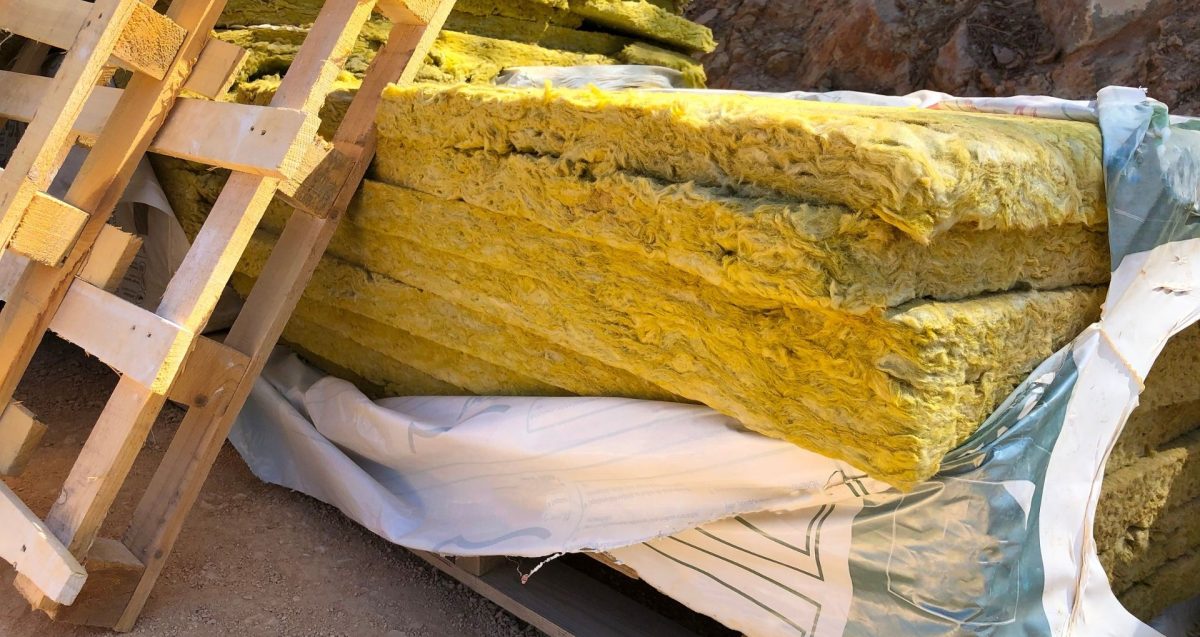Rockwool, also known as mineral wool, is made primarily from volcanic rock or basalt. The raw materials undergo a process called “fiberization,” where they are melted at high temperatures and then spun into thin fibers. These fibers are then bonded together using a binding agent, typically a resin, to create the final rockwool product.
In addition to volcanic rock or basalt, other materials such as limestone, coke, and recycled rockwool may also be used in the production process. These materials are melted and transformed into molten rock, which is then spun into fibers.
The resulting rockwool fibers have excellent insulating properties, making them suitable for various applications such as thermal insulation, soundproofing, and fire protection. They are widely used in construction, industrial processes, and horticulture due to their versatility and effectiveness as an insulating material.
Table of Contents
ToggleIs rock wool a natural material?
Rockwool is not considered a natural material. While it is made from natural materials such as volcanic rock or basalt, the manufacturing process involves melting and processing these raw materials using additives and binders. These additives may include synthetic materials or chemicals that help in the formation and stabilization of the rockwool fibers.
Although rockwool is derived from natural resources, it undergoes significant processing and chemical treatments to transform it into its final form. Therefore, it is considered a manufactured or engineered material rather than a natural one.

Why does rock wool not burn?
Rockwool does not burn easily due to several reasons:
High Melting Point: Rockwool has a high melting point, which means it requires very high temperatures to melt or ignite. It can withstand and retain its structural integrity under intense heat, preventing it from catching fire easily.
Non-Combustible Material: Rockwool is made from inorganic materials, such as volcanic rock or basalt, which are non-combustible. These materials do not support or contribute to the spread of flames, making rockwool resistant to ignition.
Fire Resistance: Rockwool is inherently fire-resistant due to its composition and structure. It acts as a barrier to heat transfer and can help prevent the spread of fire in a building or structure. It can also provide insulation, which reduces the risk of heat transfer and the spread of flames.
Heat Insulation: Rockwool has excellent heat insulation properties, which means it can withstand high temperatures without conducting heat easily. This property helps protect the surrounding areas from the heat generated during a fire, reducing the risk of ignition in nearby materials.
Absence of Organic Material: Rockwool is primarily composed of inorganic materials and does not contain organic substances that can fuel or support combustion. This characteristic makes it less susceptible to burning.
While rockwool is highly resistant to burning, it is important to note that it can melt under extremely high temperatures. However, its fire-resistant properties make it a valuable material for insulation and fire safety applications.
Is rockwool an eco?
Rockwool is considered to have certain eco-friendly characteristics. Here are some reasons why rockwool is considered an eco-friendly material:
Energy Efficiency: Rockwool has excellent thermal insulation properties, which helps improve energy efficiency in buildings. It reduces heat transfer, thus lowering the need for excessive heating or cooling. This leads to reduced energy consumption and a smaller carbon footprint.
Recyclable: Rockwool is recyclable and can be processed and reused. At the end of its lifespan or during renovation, rockwool waste can be collected, recycled, and turned into new insulation products. Recycling rockwool reduces the amount of waste sent to landfills and conserves natural resources.
Durability: Rockwool is a durable material with a long lifespan. It does not degrade easily over time, which means it does not need frequent replacement. This durability reduces the demand for new insulation materials and contributes to resource conservation.
Sound Insulation: Rockwool provides excellent sound insulation properties, reducing noise pollution. This can improve the quality of indoor environments, creating more comfortable and healthier spaces.
Reduced Environmental Impact: The production process of rockwool involves low water consumption and minimal air emissions. Additionally, rockwool is made from abundant and naturally occurring materials such as volcanic rock or basalt, reducing the strain on limited resources.
While rockwool has several eco-friendly aspects, it is important to consider the energy and emissions associated with its manufacturing process. Overall, when used in energy-efficient buildings, rockwool can contribute to sustainability efforts and environmental conservation.
Is Rockwool insulation safe to breathe?
Rockwool insulation is generally considered safe to breathe when installed properly and when safety precautions are followed. Here are some important points to consider regarding the safety of Rockwool insulation:
Inhalation of Fibers: Rockwool insulation is made of fibers that can potentially become airborne during installation or if the material is disturbed. These fibers can cause irritation if inhaled in large quantities. Therefore, it is important to wear appropriate personal protective equipment (PPE), such as gloves, goggles, and a dust mask, when handling Rockwool insulation.
Dust Control: During installation, it is essential to minimize the generation of dust or fibers. Proper cutting techniques and tools, along with good ventilation, can help reduce the release of airborne particles. Following manufacturer’s guidelines and safety instructions is crucial to minimize any potential health risks.
Skin Protection: Direct skin contact with Rockwool insulation may cause mild irritation due to its abrasive nature. It is advisable to wear long sleeves, gloves, and pants to protect the skin when handling the material.
Regulatory Compliance: Rockwool insulation products must comply with safety regulations and standards to ensure they are safe for use. Before purchasing and installing Rockwool insulation, it is important to check for relevant certifications and ensure compliance with local building codes.
Health Concerns: Prolonged exposure to high levels of airborne Rockwool fibers may cause respiratory discomfort. If irritation, coughing, or breathing difficulties occur, it is recommended to seek medical advice.
To ensure safety, it is best to follow the manufacturer’s installation guidelines and safety instructions. If there are any specific concerns or health conditions, consulting with a professional or contacting the manufacturer directly is advisable.



